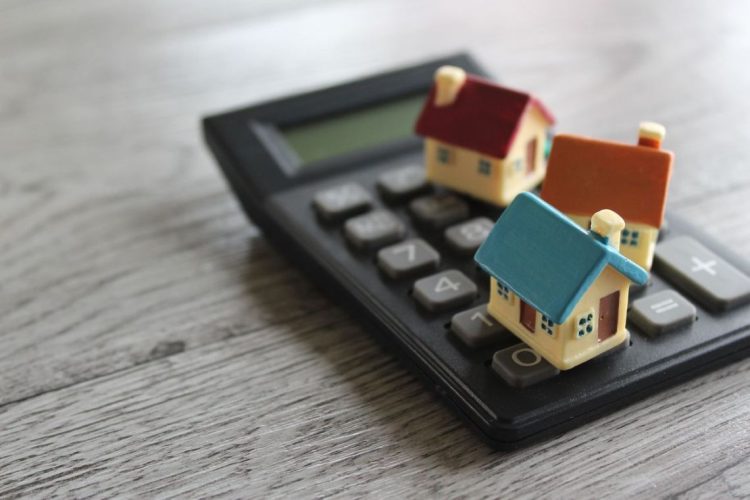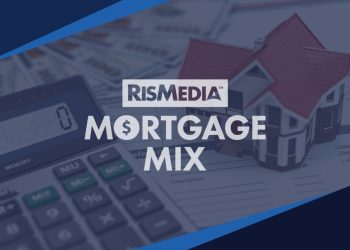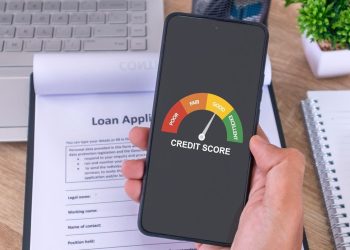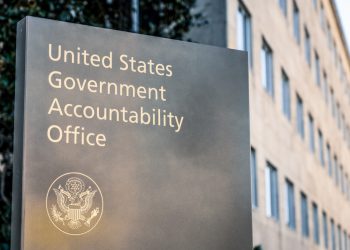In today’s elevated mortgage-rate environment, many homebuyers moved to refinance their mortgages recently as rates dipped. The Mortgage Bankers Association (MBA) reported that refinances made up nearly 47% of all applications in the week of August 29.
But experts are skeptical of how viable refinancing is currently with such high rates, with many current homebuyers locked in at around 7%.
A recent report by The Neighbors Bank examined the future for buyers who are considering refinancing, along with comparing 15-year mortgage holders to 30-year mortgage holders.
The report found that most buyers would need a rate decrease around 0.75 percentage points to see any real savings from refinancing their mortgage at around $2,396, and be able to break even within three years.
“Based on our analysis, waiting for a modest rate drop may not pay off quickly enough to justify delaying a home purchase. Our data indicates that only rate cuts of roughly 0.6 percentage points or more offer meaningful savings within a reasonable timeframe for typical 2025 buyers,” the report states.
When looking at 30-year terms, researchers at Neighbors Bank found that buyers would be losing out if mortgage rates fell only 0.25 or 0.5 percentage points. If rate reduction only fell 0.25 points, then they’d be losing around $2,424 and break even between five or six years.
Were the rate to fall a whole percentage point, homeowners would be able to break even in less than two years and gain $4,764 in savings.
Homeowners with 15-year mortgages accrue more savings at a much faster rate than their 30-year counterparts. At a 0.5 percentage-point drop in mortgage rates for refinancing, a 15-year borrower would have saved $1,358 while a 30-year borrower would still be in the red at around $184 after the first three years.
At seven years the 15-year buyer would have saved over $10,000 and the 30-year buyer would have just reached $7,000 in savings. At 15 years—the end of the 15-year buyer’s term—they would have earned over $29,000 in savings while the 30-year buyer would have over $21,000.
The break even point varies for each type of borrower. 15-year borrowers break even much sooner, but because of their shorter mortgage term they have higher monthly payments and faster principal payoff. 30-year borrowers however, have much lower monthly payments and pay down their principal slower.
At a 0.75 percentage point drop in mortgage rates and a 20% down payment, the report states that 30-year borrowers would take 2.17 years to break even while 15-year borrowers would take less than two years to do the same.
Researchers at Neighbors Bank also examined government-backed loans, including VA, FHA and USDA loans.
Generally, conventional loans would accrue the most savings at a 0.5 point drop early on in the first 10 years. But over time VA loans would gain more savings than all other loan types. USDA loans also gain more savings than conventional ones after 25 years, but FHA loans don’t accrue more savings than any of them.
Government-backed loans tend to include upfront and ongoing insurance or guarantee fees, but tend to have a longer break-even point than conventional ones because conventional fees are typically canceled out once borrowers reach 20% equity.
According to Neighbors Bank, FHA loans take the longest to reach a break-even point for all interest rate drops. While a conventional loan would take a little over two years to break even at a 0.75 point drop, FHA loans take almost four and a half years. In contrast, USDA loans would take over three years and a VA loan would take about two and a half years.
The report outlines a few instances where refinancing might be a good option for homeowners.
Beyond rate savings, refinancing may also make sense if you need to:
- Access built-in equity through a cash-out refinance
- Lower your monthly payment by extending the loan term
- Switch from an adjustable-rate mortgage to a fixed-rate product for stability
“While equity access and rate structure switches are important tools, our analysis focuses solely on potential savings borrowers can gain through rate and term refinancing,” the report states.
The break-even point and savings varies by state as well. Given a 0.5 point drop in rates, New Hampshire refinanced mortgages take the least amount of time to break-even at 2.8 years. Residents would also see around $316 in savings after three years and around $4,103 after five years.
Washington D.C. has the highest yield for 5-year savings at $6,766, but it takes almost three years for borrowers to break even. The same can’t be said for every other state.
“Only 10 states recouped their refinancing costs within three years, while homeowners in the other 40 states remained, on average, at least $100 underwater,” the report states.
For the full report, click here.











